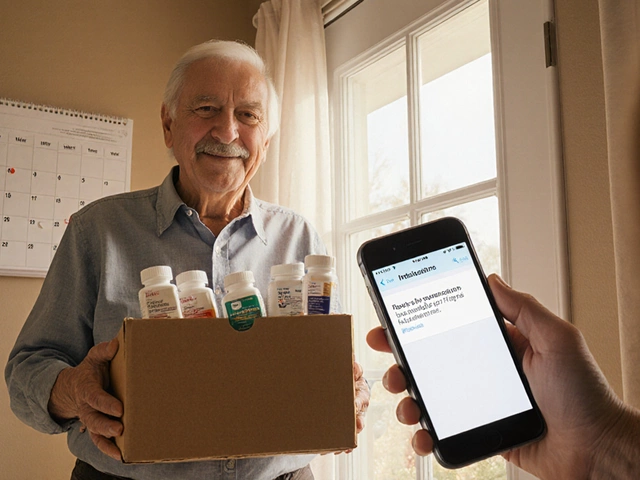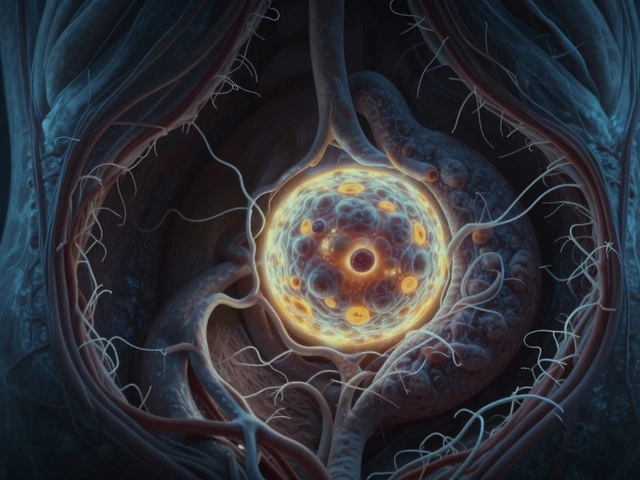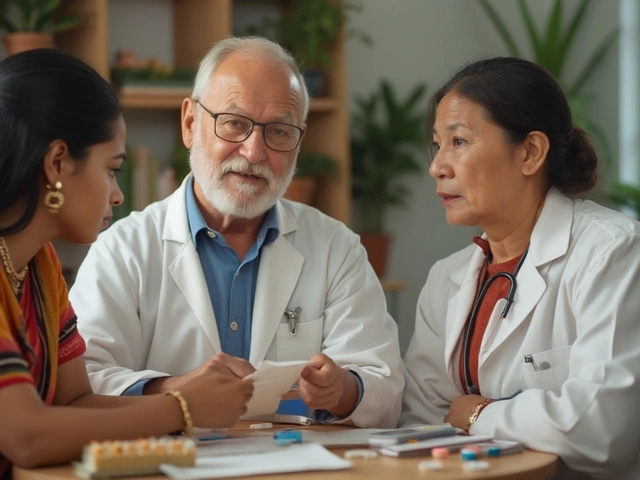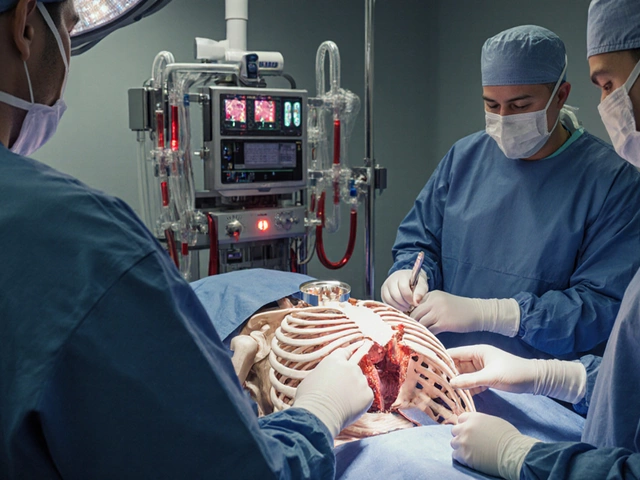Facing a cancer diagnosis often leads individuals to question their life expectancy. The answer isn't one-size-fits-all, as it depends on numerous factors including the cancer type, stage, and treatment options. Modern medicine continues to improve survival rates, offering hope and longer life spans. This article delves into the intricacies of living with cancer, exploring survival possibilities and the impact of early detection.
Read MoreCancer Diagnosis: What You Need to Know
Finding out you might have cancer is scary, but knowing the process can make it less overwhelming. This guide walks you through the most common warning signs, the tests doctors use, and the next steps after a diagnosis. By the end, you’ll feel more prepared to talk with your doctor and take action.
Common Early Warning Signs
Most cancers show up with subtle changes before they become serious. Pay attention to any of these signs that stick around for more than a few weeks:
- Unexplained weight loss – dropping more than 5% of your weight without trying.
- Persistent pain – especially if it’s new, deep, or doesn’t improve with usual remedies.
- Changes in skin – new moles, changes in colour, size, or shape of an existing mole.
- Unusual bleeding – coughing up blood, blood in urine or stool, or heavy menstrual periods.
- Lumps or thickening – any new lump under the skin, especially in the breast, testicles, or lymph nodes.
- Ongoing fatigue – feeling exhausted even after rest.
If any of these symptoms linger, call your doctor. Early detection dramatically improves treatment options.
Typical Diagnostic Tests
Doctors use a step‑by‑step approach to confirm whether a suspect area is cancerous.
Physical exam: The first check is a hands‑on look. Your doctor will feel for lumps, listen to lungs, and review your health history.
Imaging scans: X‑rays, ultrasounds, CT scans, MRIs, and PET scans create pictures of inside your body. They help locate the tumor and see if it has spread.
Blood tests: Some cancers release markers into the blood. Tests like CA‑125 (ovarian) or PSA (prostate) can hint at a problem, but they’re not definitive.
Biopsy: This is the gold standard. A small sample of tissue is taken with a needle, endoscope, or surgery and examined under a microscope. The pathologist tells you if cells are cancerous and what type they are.
Genetic testing: In families with a history of cancer, doctors may look for inherited gene changes that raise risk. Knowing this can guide treatment and screening plans.
Each test has a purpose, and not all of them are needed for every case. Your doctor will explain why a particular test is recommended.
After the results come back, you’ll likely meet a multidisciplinary team – oncologists, radiologists, surgeons, and sometimes nutritionists. They’ll discuss the stage (how far the cancer has spread) and the best treatment path.
It’s normal to feel a mix of fear, confusion, and anger. Writing down questions beforehand helps you get clear answers. Ask about the type of cancer, treatment options, side‑effects, and what daily life will look like during therapy.
Remember, a diagnosis isn’t a death sentence. Many cancers are treatable, and new therapies appear every year. Staying informed, following up on appointments, and leaning on support networks – friends, family, or cancer support groups – can make a huge difference.
So, if something feels off, trust your gut and get checked. Early action saves lives, and knowing the steps ahead puts you in control of your health journey.





